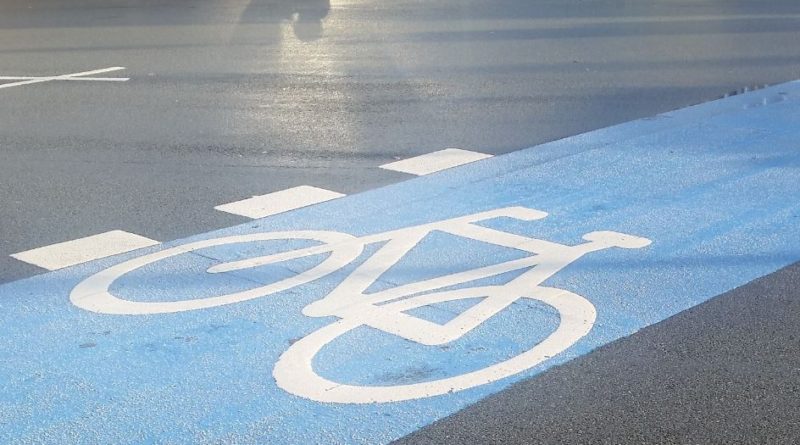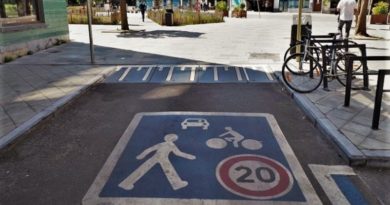Painted bike lanes encourage dangerous driving, segregated is safer, says science paper
On-road bicycle lanes and parked cars reduce the distance car drivers leave for cyclists, according to a study focusing on improving cycling participation and reducing risk.
Looking specifically at passing distances and the impact of infrastructure, the Accident Analysis & Prevention report saw an on-road observational study taken in Victoria, Australia, recording over 18,000 cycling trips taken by 60 cyclists.
It found that one in every 17 passing events was close (defined as closer than 1 metre/3.3 ft, from the end of the handlebar to the passing car).
Passing events on roads with a bike lane and parked cars had an average lower passing distance of 40cm.
While some politicians, like US President Trump, have curbed funding for cycle infrastructure, most cycle advocates are likely to welcome the findings.
Cities that install segregated cycle infrastructure have found that cycling rates rise when well thought through infrastructure, like London’s ‘Mini Hollands’, is created. Likewise, the Chartered Institute of Highways and Transportation’s Shared Spaces review found that street design needs to meet the requirements of all users, a requirement that “must flow through the entire design, construction, operation and maintenance process”.
As cities struggle with increasing congestion and lethal air pollution, key EU institutions have agreed that the needs of cyclists must be taken into account and will veto investment on infrastructure projects that are unsafe for cyclists or that create new barrier for cycling.
There are more details on the Victoria, Australia study here.



